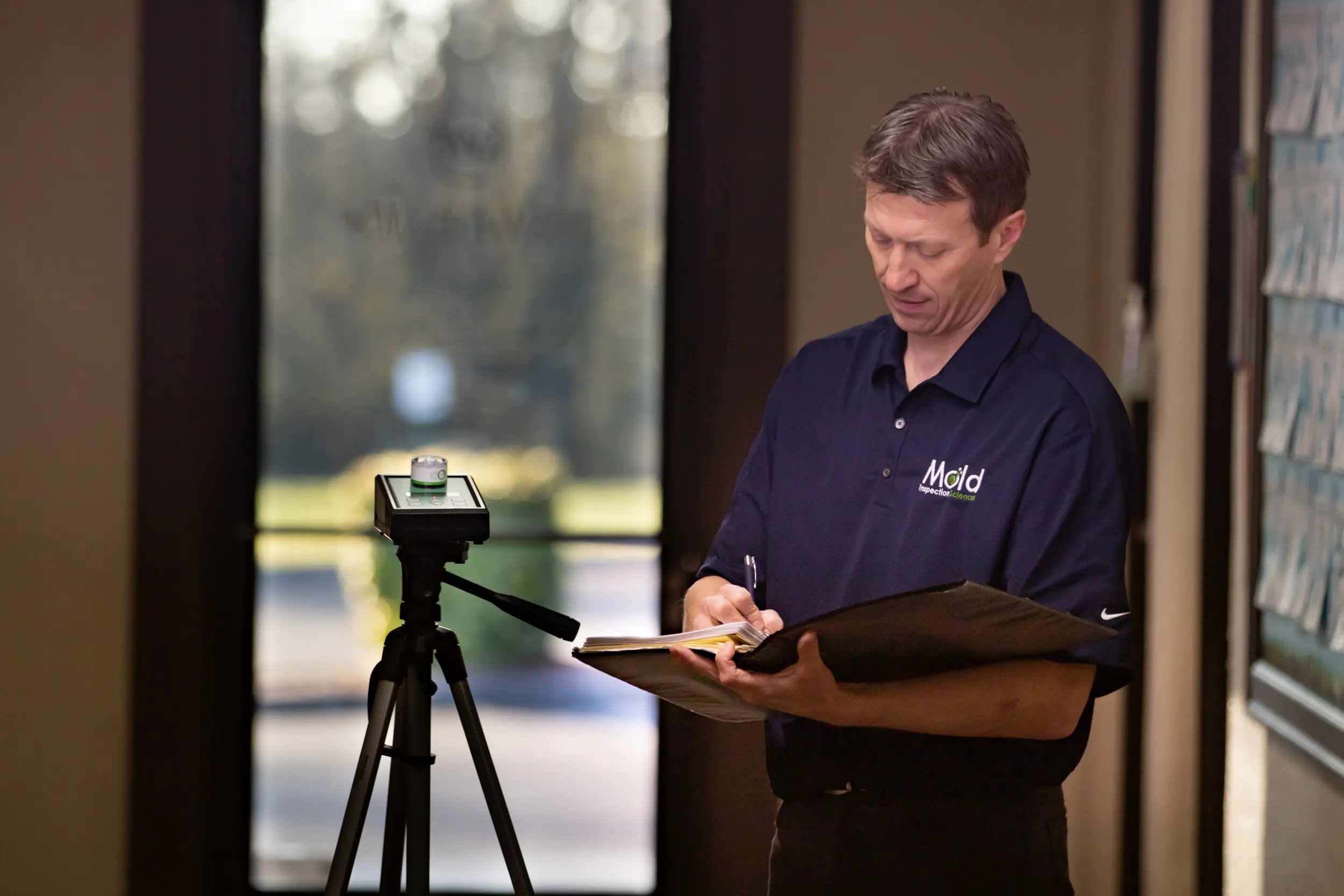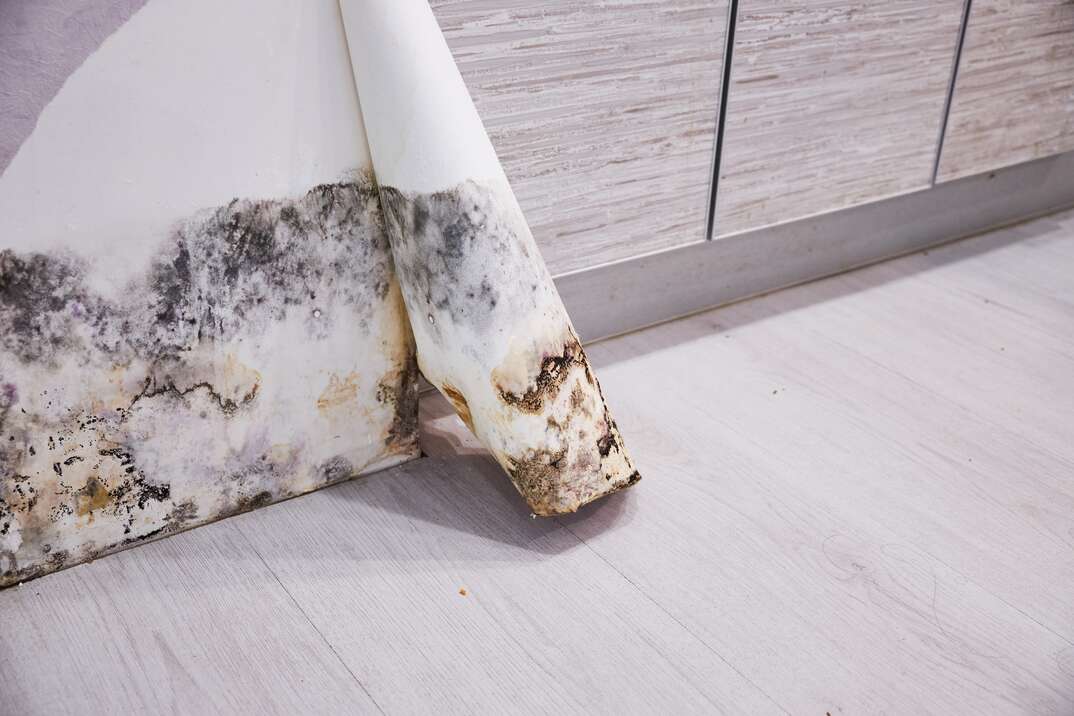Making Sure Post Remediation Verification Precision
Making Sure Post Remediation Verification Precision
Blog Article
Trick Steps for Effective Blog Post Mold And Mildew Remediation
Attending to mold problems in a prompt and reliable way is essential for maintaining a healthy and balanced indoor setting. Effectively finishing mold and mildew removal is a diverse procedure that needs interest to information and adherence to certain methods. From examining treated areas to executing moisture control procedures, each step plays an essential duty in guaranteeing the effectiveness of the remediation procedure. However, there are vital post-remediation steps that are just as important however usually overlooked. These actions not just confirm the success of the removal efforts however likewise add to protecting against future mold and mildew development.
Assessment of Treated Areas
Upon completion of the mold remediation procedure, a detailed evaluation of the dealt with locations is vital to make certain the performance of the removal efforts. This evaluation acts as an important action in the post-remediation stage to validate that the mold elimination and clean-up procedures succeeded in removing the mold invasion and restoring a risk-free indoor environment. The assessment needs to be carried out by certified experts that have the expertise to assess the remediated locations thoroughly.
Throughout the assessment, various variables are examined to figure out the success of the removal procedure. These include visual evaluations to look for any indications of mold and mildew growth or water damage, dampness degrees to confirm that the area is completely dry and free of excess moisture that can advertise mold re-growth, and air high quality screening to make certain that the interior air is risk-free to breathe. Furthermore, the inspection might entail making use of specialized tools such as wetness meters and thermal imaging cams to detect covert mold or moisture pockets that could result in future mold problems if left uncontrolled. Generally, a detailed evaluation of the dealt with locations is crucial to confirm the performance of the mold removal initiatives and provide peace of mind to the occupants of the home.

Moisture Control Measures
Effective moisture control steps are vital for stopping mold and mildew development and preserving a healthy indoor setting. To achieve this, it is crucial to address resources of dampness within the structure. Appropriate ventilation is essential to managing humidity degrees. Setting up exhaust fans in kitchens and bathrooms can aid get rid of excess wetness. Additionally, utilizing dehumidifiers in moist areas can help lower moisture levels, making it harder for mold to grow.
Consistently preserving the building and evaluating's exterior can also stop moisture breach. After mold remediation. Ensuring that gutters are clear, downspouts direct water away from the structure, and the roof is in excellent condition can assist prevent water from leaking right into the building. Appropriately securing doors and windows can likewise aid keep wetness out
In instances where water damage happens, punctual activity is essential. Any kind of leakages or spills must be cleaned and dried within 24-48 hours to stop mold growth. Using wetness meters can aid spot concealed resources of water and ensure extensive drying out. By implementing these moisture control steps, the risk of mold repeating can be significantly reduced, producing a healthier interior atmosphere.
Appropriate Ventilation Evaluation
An indispensable aspect of making certain a healthy interior environment article mold removal is performing an extensive assessment of the ventilation system. Correct ventilation analysis plays an essential duty in preventing future mold and mildew development and maintaining air high quality within the affected area.
In addition, evaluating the air flow system consists of analyzing the circulation of air throughout the location to identify any type of locations of inadequate circulation where wetness and pollutants can build up. Appropriate ventilation not only aids in regulating humidity levels however likewise help in eliminating airborne mold and mildew spores and various other toxins, thus improving general interior air high quality. By resolving any kind of ventilation issues post mold remediation, property owners can create a healthier and much more comfy setting for owners while reducing the risk of mold re-infestation.
Cleaning and Sanitation Protocols
To ensure extensive mold remediation, meticulous adherence to particular cleaning and disinfection protocols is vital. Cleaning up and disinfection procedures play an important role in the post-mold remediation phase to stop the reappearance of mold and mildew development and guarantee a healthy and secure setting. The initial step in this process is the elimination of any kind of visible mold development making use of proper cleaning agents and strategies. It is important to make use remove mold smell from sofa of EPA-approved fungicides and disinfectants to efficiently eliminate mold and mildew spores and avoid their regrowth.
In addition, executing precautionary actions such as applying mold and mildew preventions and keeping appropriate air flow can aid decrease the risk of future mold infestations. By complying with stringent go to my site cleaning and disinfection procedures, property owners can guarantee the successful removal of mold and produce a healthy indoor setting for occupants.
Monitoring and Maintenance Strategy
Implementing a regular monitoring and upkeep strategy is crucial for ensuring the long-term effectiveness of mold and mildew removal initiatives. When mold remediation is completed, it is crucial to establish a surveillance timetable to review the success of the removal process. This involves frequently examining the previously affected locations for any type of indications of mold reappearance or water damages. By carrying out regular checks, any type of new mold and mildew development can be without delay recognized and dealt with, preventing a reoccurrence of the first problem.
Additionally, establishing an upkeep strategy is key to avoiding future mold and mildew concerns. Normal upkeep not only helps in stopping mold and mildew yet additionally contributes to maintaining a healthy indoor environment - testing air quality after mold remediation.
Conclusion
To conclude, effective article mold remediation involves thorough examination of dealt with areas, application of wetness control steps, analysis of correct ventilation, adherence to cleansing and sanitation protocols, and facility of a tracking and maintenance strategy. These essential steps are important to make certain that mold development is successfully eliminated and protected against from persisting in the future. By following these standards, residential property owners can keep a safe and healthy and balanced atmosphere for occupants.
Upon completion of the mold and mildew remediation procedure, an extensive inspection of the dealt with locations is vital to ensure the performance of the remediation efforts. These consist of visual evaluations to examine for any indicators of mold growth or water damages, moisture levels to validate that the area is free and dry of excess moisture that could promote mold and mildew re-growth, and air top quality testing to make sure that the interior air is risk-free to take a breath. Additionally, the evaluation might entail using specialized tools such as wetness meters and thermal imaging electronic cameras to spot concealed mold and go to my site mildew or dampness pockets that could lead to future mold issues if left untreated. By resolving any ventilation problems publish mold and mildew removal, building owners can create a healthier and much more comfortable atmosphere for passengers while minimizing the threat of mold and mildew re-infestation.

Report this page